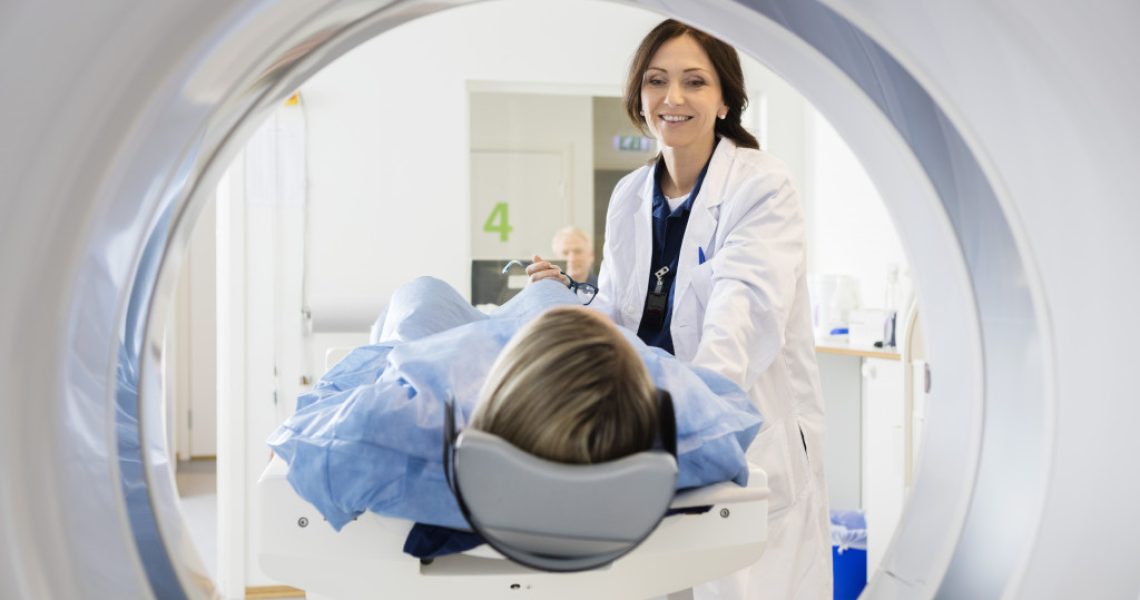In the past years, the use of technology in the healthcare industry has resulted in better diagnosis and treatment procedures of patients. Of all the sectors that adopted technology, healthcare is probably the most important one.
Ultimately, it improved healthcare professionals’ and patients’ quality of life. It has helped healthcare workers save the lives of many people. But what exactly are the roles of technology that made it a crucial factor in diagnosis and treatment?
The Advantage of Medical Technology
Initially, healthcare practitioners used paper charts for medical records. The chart is usually made of a manila folder labeled with color-coded stickers, which indicate the patient’s name and date of birth. This is then filed by the staff alphabetically inside a storage room.
Older healthcare practitioners used this method for so many years before the rise of medical technology. And while it’s an effective strategy to save patients’ files and information, it’s not as efficient as the current method. We also cannot deny the fact that medical charts come with many limitations, such as:
- Only one person can use the file at a time.
- Doctors do not have access to it when they are not in the clinic or hospital.
- There’s a high probability of human errors requiring manual abstraction.
- Doctors need to rely heavily on memory and review the Physician’s Desk Reference all the time.
- The inability to track the patient’s progress once they leave the facility.
But those days are long gone. Here’s how technology helped the healthcare industry focus on more important things.
The Regulation of One Updated Record Accessible to Everyone
Healthcare professionals no longer rely on physical medical charts anymore because almost all medical records are now accessible in the cloud. Practitioners can view data using digital devices.
The far-reaching, concurrent data in Electronic Health Records (EHRs) and other platforms, combined with safety alerts, communication features, accessibility from remote areas, and reporting capabilities, have improved the ability of healthcare workers to work on critical patient data even though they are not physically present.
Improved Communication and Connectivity

Long ago, achieving efficient internal communication between healthcare professionals in one facility was highly challenging. But not anymore. Communication in the health industry has improved so much that it even made it possible for care managers and physicians to get in touch with patients remotely.
Furthermore, it allowed medical workers to communicate without delay through digital devices. For instance, a doctor in their office may ask a nurse from the reception to replenish their specialty medical cart before an upcoming surgery by using internal online networks or intranets. This tool has made it easier for hospital workers to relay messages in real-time and directly to the intended receiver.
Better Medication Safety
Modern technology has made it possible for clinicians to determine if certain medicines may interact with the patient’s current medication or if they are allergic to them. The combination of electronic health records and computerized physician order entry has ultimately replaced human memory and books, paving the way to a safer and better medication for patients.
Groundbreaking Advancements
Technology has helped healthcare by providing advancements in specific areas, such as the following:
-
Artificial organs
A patient’s body has the tendency to reject donated body organs, which causes the failure of the transplant. But thankfully, artificial organs, also known as bio-printing, have emerged, allowing the healthcare industry to save millions of lives.
-
3D printing
3D printing has been in the past years but was not initially used in healthcare. Nowadays, the industry uses 3D printing to create implants and joints for surgery. Its perfect design makes the prosthetics more comfortable for the patient.
-
Robotic surgery
Don’t panic just yet. Medical robots are only used in surgeries to add more precision, flexibility, and control to the actual surgeon’s hand. It helps the doctor to operate smoothly with a patient.
-
Health wearables
Health wearables work similarly with fitness trackers because they can track heart rate, blood pressure, and many more. This device can detect cardiovascular irregularity beforehand and control severe conditions.
-
Virtual reality (VR)
VR was primarily used for entertainment purposes. But things have changed. Medical practitioners now use VR to teach students and give them close to “real life” experiences in medical procedures.
-
Telehealth
Telehealth is a brand-new market that allows doctors to provide medical care digitally. It gives patients the chance to communicate with their doctors and receive diagnoses and advice in real-time.
It’s no secret that technology has made a huge contribution to the advancement of healthcare systems. Thanks to it, doctors can now provide services remotely, and patients can receive treatment wherever they may be. The future is indeed brighter for the healthcare industry with the help of technology.

